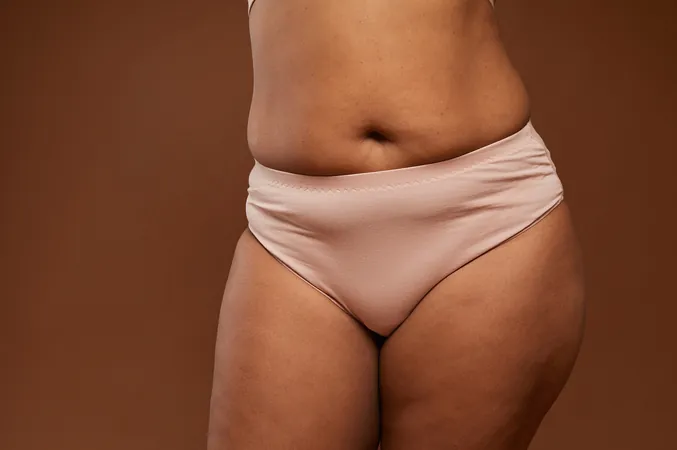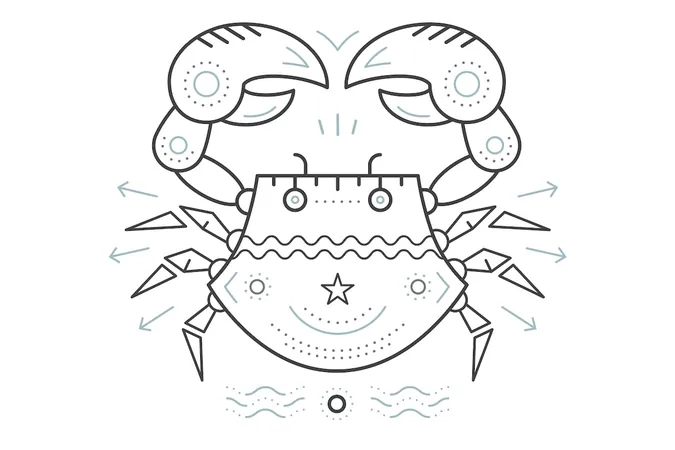
The Truth Behind the Mysterious Belly Pooch in Women
2025-01-22
Author: Yan
Understanding the Belly Pooch
When discussing female anatomy, one topic that often sparks confusion and debate is the notorious belly pooch. Commonly referred to in online conversations, this little bulge around the midsection has garnered unexpected attention, not just from women but men as well.
In early 2024, a man sparked outrage by posting photos showcasing belly pooches on various women, claiming, "On behalf of all men, we hate this." The backlash was swift, with many women, and even men, stepping up to defend the pooch, retorting, “We don’t give a damn," and reminding him that it's part of the diverse landscape of female bodies.
Misconceptions and Realities
Misconceptions about the belly pooch abound, particularly the belief that it’s largely due to the presence of the uterus. This narrative isn't just an isolated opinion; it has been perpetuated by various social media influencers. For instance, in a 2020 post, health influencer Colleen Christensen reassured followers that the bulge at the bottom of their stomachs is just the uterus. However, she soon faced reality when her followers corrected her, pointing out that the uterus is located deep in the pelvis, not the upper abdomen.
Dr. Lisa Erlanger, a clinical professor at the University of Washington, explained that the structure of a woman’s body contributes to the appearance of a pooch. “The uterus and ovaries are housed in the bony structure of the pelvis,” she noted. The width and tilt of a woman’s hips play a significant role in how the body looks, but the uterus itself does not typically contribute to a protruding belly—unless a woman is pregnant, postpartum, or dealing with certain medical conditions.
The Role of Various Factors
In fact, conditions like uterine fibroids can lead to an enlarged uterus that presents itself visually, but for most women, the pooch is not linked to the uterus at all. Factors such as hormonal changes during the menstrual cycle can also affect body shape and appearance, causing temporary changes in how the belly looks due to water retention and digestive fluctuations.
Not to mention, surgical history can play a role in body shape. For instance, scarring from C-sections—which account for approximately 30% of births in the U.S.—can lead to a different abdominal shape that many might perceive as a pooch.
Normalcy of Belly Fat
Importantly, the concept of belly fat is often stigmatized, but it’s crucial to understand that it's perfectly normal for women to carry more fat in their midsection compared to men, largely due to hormonal influences. Dr. Erlanger emphasized that this distribution serves beneficial roles, such as protecting reproductive health and, later in life, maintaining bone and heart health through the retention of estrogen post-menopause.
Embracing Body Diversity
Ultimately, the message is clear: There’s no need to justify the presence of a belly pooch. It could simply be belly fat—a normal part of human anatomy for individuals of all genders, regardless of having a uterus or not.
All bodies are unique, and rather than striving to change or "fix" how we look, it's essential to embrace our bodies as they are. “Having compassion for ourselves and committing to care for our bodies in ways that align with our values is essential,” Dr. Erlanger concluded.
So the next time you see a belly pooch, remember that it’s just a part of the beautiful tapestry of our bodies—nothing more, nothing less.


 Brasil (PT)
Brasil (PT)
 Canada (EN)
Canada (EN)
 Chile (ES)
Chile (ES)
 Česko (CS)
Česko (CS)
 대한민국 (KO)
대한민국 (KO)
 España (ES)
España (ES)
 France (FR)
France (FR)
 Hong Kong (EN)
Hong Kong (EN)
 Italia (IT)
Italia (IT)
 日本 (JA)
日本 (JA)
 Magyarország (HU)
Magyarország (HU)
 Norge (NO)
Norge (NO)
 Polska (PL)
Polska (PL)
 Schweiz (DE)
Schweiz (DE)
 Singapore (EN)
Singapore (EN)
 Sverige (SV)
Sverige (SV)
 Suomi (FI)
Suomi (FI)
 Türkiye (TR)
Türkiye (TR)
 الإمارات العربية المتحدة (AR)
الإمارات العربية المتحدة (AR)